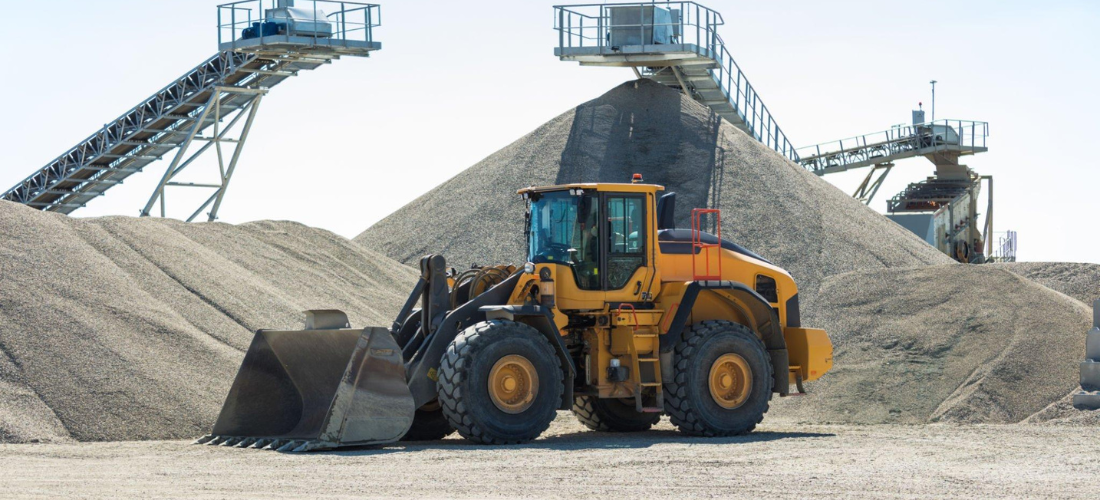A cold planer, pavement planer, pavement recycler, or roto-mill is a type of construction machine used by road milling companies to remove bituminous pavement or asphalt concrete from highways. The end product is a somewhat rough but level surface that may be opened to traffic right once.
How do milling machines work?
A milled surface is created by a road milling company by putting a spinning mandrel or “head” into precise contact with the pavement at a specific depth or slope. The mandrel’s surface is covered with hundreds of hardened spikes or teeth that bite and cut away at the roadway’s surface. The removed surface material is often conveyed by a conveyor into a dump truck or semi-trailer, but it can also be left in situ or windrowed to be removed or repurposed later. A water spray device cools the mandrel while also controlling dust.
Asphalt milling is the process of pulverizing asphalt so that it may be recycled. The method became popular with road milling contractors as a result of many roadways becoming increasingly layered as additional surfaces were installed, lowering curb height and causing roadway drainage issues.
Importance of Milling Machines
The emphasis for milling machines has always been on providing greater power to the cutting drum, which is required to remove more material. As a result, the cutter head and cutting teeth designs become crucial. The cutting teeth wore out fast and are required to be replaced on a regular basis. The replacement procedure may create enough downtime to significantly reduce the initial efficiency of the milling operation. As a result, road milling companies focused on designs that would allow for faster replacement as well as enhanced longevity of the cutting teeth. Different-sized cutting drums were available, allowing machines to mill at various widths.
Conveyor systems on milling machines gather material during the milling process, decreasing labor costs associated with scooping up debris from the road. To work securely and efficiently, newer equipment requires two or more personnel. The operator controls the majority of the machine’s operations from the machine’s deck, while a worker on the ground controls the depth of the cut and looks for impediments in the highway such as manholes and/or water valves.
Machines today are larger and more technologically advanced. They are built to handle any asphalt aggregates now in use.
In addition to increased speed, increased accuracy in the milling process has become critical for road milling contractors. Control and automation innovation has increased precision in regulating slope, depth, and speed.
Milling machines of today also minimize the time necessary to change the critical cutting teeth. Because the teeth on early machines were welded on, tooth replacement required a significant amount of downtime because each had to be re-welded to the drum. Teeth are now retained in variably built bolt-on housings that allow for speedier changing. Furthermore, machines come complete with an air compressor, allowing the use of pneumatic tools for faster tooth replacements.
The milling machine has had a significant influence on road building since its inception. Continuous upgrades and innovations by road milling companies will ensure its preeminence in road rehabilitation.

